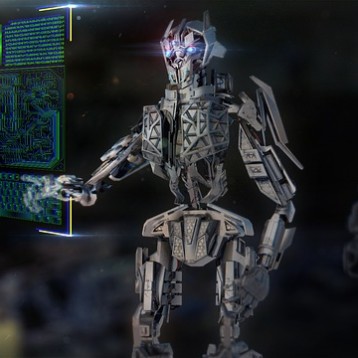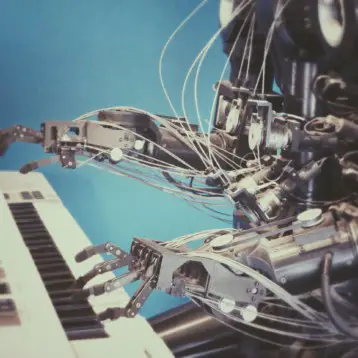Researchers from University of Virginia and three other universities have been working on “reverse engineering” the way stingrays and manta rays move through water and have successfully created the Mantabot – an extremely agile robot that can move through water like no other.
There are about 500 species of rays known to men, most of them live on the sea floor and are related to sharks. Rays swim through water in an extremely elegant way but have amazing maneuverability and can move through great distances using very little energy.-
–
–
Professor Hilary Bart-Smith from the University of Virginia who worked on the Mantabot project believes that rays are “wonderful examples of optimal engineering by nature”. The prepuce of her research is to create her own ray-like machine modeled on the cow-nosed ray, a species common to the western Atlantic and Chesapeake Bay.
–
–
The Mantabot has potential for both scientific research as well commercial applications, However probably the most obvious use will be as a military platform. The Mantabot will be able to travel a great distance underwater carrying a large payload (depending on its size) and perform surveillance and monitoring for both defensive and offensive purposes. It’s not inconceivable that future Mantabots will even be used as suicide drones carrying explosives which can neutralize targets ranging from mines to ships and submarines (after all the research is partially funded by the U.S. Office of Naval Research).
Professor Bart-Smith said recently: “We are studying a creature to understand how it is able to swim so beautifully, and we are hoping to improve upon it. We are learning from nature, but we also are innovating; trying to move beyond emulation.”
–
A video showing the Mantabot in action
–
–
A video showing the Mantabot in action
–
Developing a mechanical ray is a very complex task and one which has to involve experts in marine biology, biomechanics, structures, hydrodynamics and control systems. All of them were able, after intensive study of the cow-nosed ray to create a prototype robotic ray which tries to imitate the near-silent flaps of the wing-like fins of a ray, which allows it to swim forward, turn, accelerate, glide and maintain a single position. The team is aiming to do this in almost complete silence and with minimum energy.
–
–
The Mantabot flexible silicone body which contains electronics and a battery is remotely controlled by a team member using a computer. The silicone wings also contain rods and cables that expand and retract as well as change shape to allow for the creature “underwater flight”.
–
–
More information can be found on the University of Virginia website.











